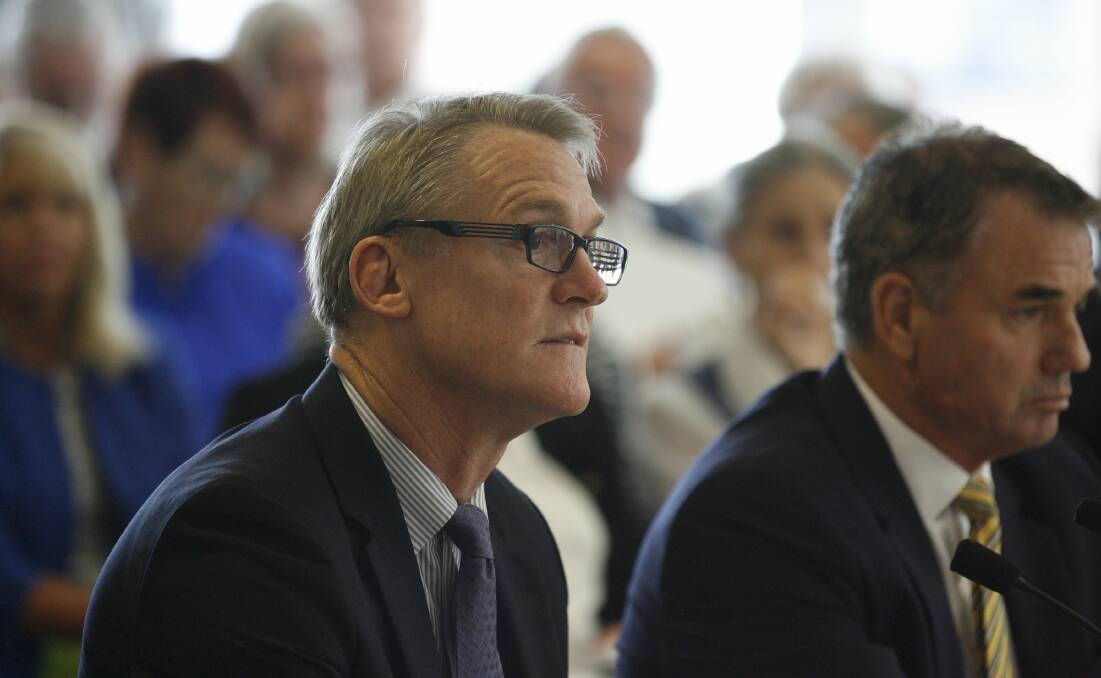
Newcastle employment levels bounced back to record highs in early December just as the omicron wave was dealing another blow to the city's economy.
The Australian Bureau of Statistics labour force survey shows an estimated 206,900 people were in work in Newcastle and Lake Macquarie in December, up 14,600 on the previous month.
The December mark was 1400 higher than the record set in September 2019 and a dramatic recovery compared with the 173,300 in work in June 2020.
The ABS collected survey data from December 5 to 19, when the omicron variant was starting to spread rapidly through the city and disrupt workforces, customer behaviour and supply chains.
The bureau estimated Newcastle's unemployment rate at just 2.5 per cent in December but flagged this figure as statistically unreliable.
The city's workforce participation rate, a measure of those either working or looking for jobs, has been in the doldrums in the pandemic but also recovered strongly to 68.7 per cent in December.
In contrast, the participation rate in the rest of the Hunter region dropped to 57.6 per cent, the lowest level in 14 years.
The jobless rate in the rest of the Hunter remained relatively stable at 4.1 per cent, as did the number of people in work at 126,700.
The NSW participation rate was 65 per cent in December and the state unemployment rate dropped 0.6 points to 4 per cent.
Business Hunter chief executive Bob Hawes said the Hunter was only 7600 jobs shy of pre-pandemic levels but the unemployment data suggested "there is reduced scope to pick these up and the workforce, or at least the number of those looking for work, has shrunk".
"The ABS survey ran to mid-December, and there is a concern that, owing to omicron biting through December and into January, that the January employment numbers will tell a different story," he said.
"The numbers are clearly showing it is a tight job market and employers are going to be struggling to fill roles quickly and will continue to experience a shortage of applicants fully qualified to perform in these roles.
"This will be a dampener on recovery, particularly if the omicron hangover passes quickly and supply chain issues begin to ease."
The youth unemployment rate has plummeted to 3.5 per cent in Lake Macquarie and 4.5 per cent in the rest of the Hunter, well below pre-COVID levels. But total employment in this age group has fallen from 64,700 to 56,400 across the region.
"This clearly shows a number of people in this younger age group have withdrawn from the labour market, which could be indicative of moving elsewhere or staying put but not actively seeking employment at this time," Mr Hawes said.
"As a consequence of delivery of online learning by our educational institutions, the region has also lost the benefit of drawing people in that would have filled part-time and casual roles."
Mr Hawes said reports this week that Hunter COVID hospitalisations were falling and the worst of the omicron wave might be over were consistent with anecdotal evidence from businesses that absenteeism was dropping.
"The peak absenteeism appears to have occurred across the last two weeks, and this week is showing a steady decline and, at worst, stabilised.
"Apart from the destabilised situation with the labour force, supply chain issues causing stock shortages and price rises still loom large as a constraint for business to get back on track, and both these issues do not appear to have a solution in the short-term."
In the news







